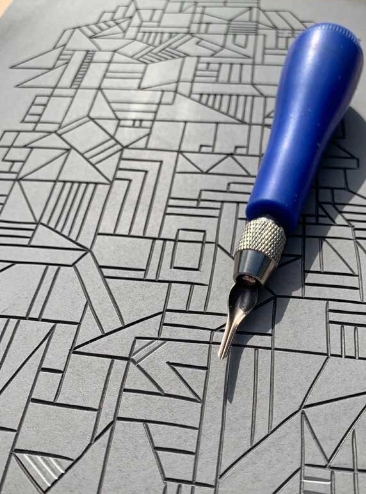
Unleashing the Power of Print Styles: Elevating Web Design to New Heights
January 30, 2024In the ever-evolving world of web design, print styles play a crucial role in enhancing the user experience and optimizing content presentation. From improving readability to ensuring consistent branding, print styles offer a myriad of possibilities for web designers and developers. In this blog post, we will delve into the depths of print styles, exploring their significance, implementation techniques, and best practices. Get ready to unlock the potential of print styles and take your web design to new heights!
- Understanding Print Styles:
Print stylesheets are CSS files specifically designed to control the appearance of web pages when printed or saved as PDFs. They allow web designers to tailor the layout, typography, and overall aesthetics of the printed output, ensuring a seamless transition from screen to paper. By harnessing the power of print styles, you can create visually appealing and user-friendly print versions of your web content. - Optimizing Readability:
Print styles enable you to optimize the readability of your printed content. By adjusting font sizes, line heights, and spacing, you can ensure that the text is legible and easy on the eyes. Additionally, you can selectively hide or modify certain elements that are not essential for the print version, decluttering the layout and improving the overall reading experience. - Consistency in Branding:
Maintaining consistent branding across different mediums is crucial for businesses. Print styles allow you to seamlessly integrate your brand’s visual identity into the printed output. By customizing colors, fonts, and logos, you can ensure that your printed materials align with your brand guidelines, reinforcing brand recognition and professionalism. - Tailoring Layouts for Print:
Print styles provide the flexibility to adapt the layout of your web pages specifically for print. You can control page breaks, adjust margins, and create multi-column layouts to optimize the use of space and enhance the overall visual appeal. This level of customization ensures that your printed materials are aesthetically pleasing and well-structured. - Implementing Print Styles:
To implement print styles effectively, it is essential to follow best practices. Use media queries to target print-specific styles, ensuring that they only apply when the page is printed. Optimize images for print resolution, choose appropriate font families, and consider the use of page headers and footers to provide additional context and navigation cues. Testing the print output across different devices and browsers is also crucial to ensure consistent results.
Conclusion:
Print styles offer a powerful toolset for web designers to enhance the user experience and optimize content presentation when printing web pages. By understanding the significance of print styles, implementing best practices, and tailoring layouts for print, you can create high-quality printed materials that align with your brand and captivate your audience. Embrace the potential of print styles and elevate your web design to new heights!